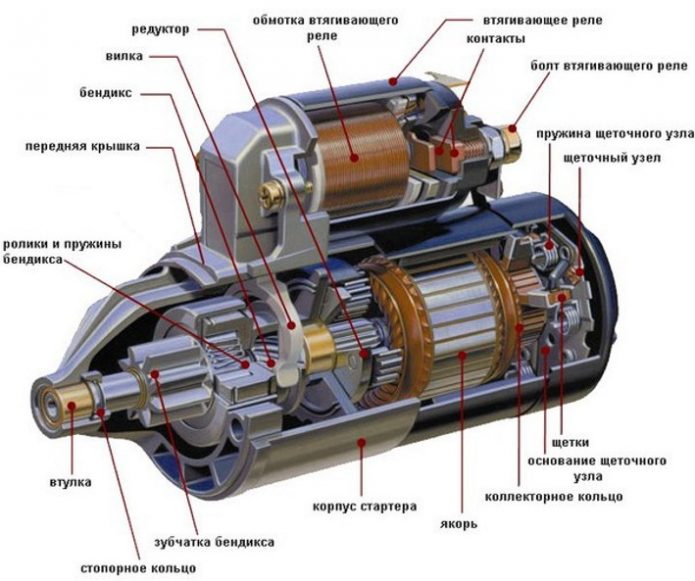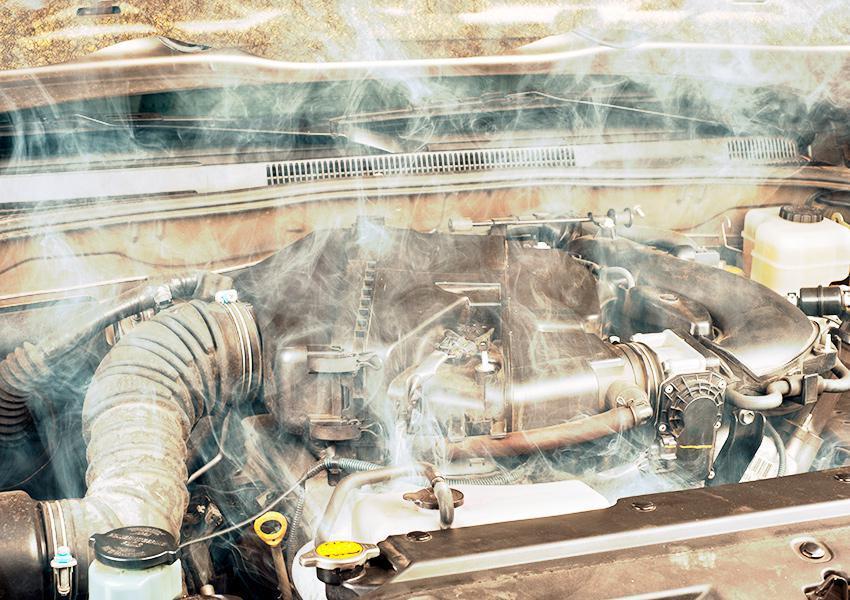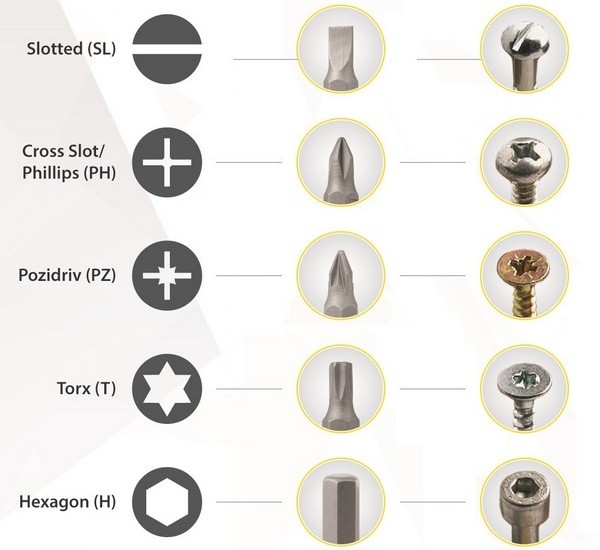
How does the starter work?
When you turn the key in your car's ignition, the engine will crank and then start. However, getting it to start is actually much more difficult than you might think. This requires an air supply to the engine, which can only be…
When you turn the key in your car's ignition, the engine will crank and then start. However, getting it to start is actually much more difficult than you might think. This requires an air supply to the engine, which can only be achieved by creating suction (the engine does this when it is turned over). If your engine is not spinning, there is no air. The absence of air means that the fuel cannot ignite. The starter is responsible for cranking the engine during ignition and allows everything else to happen.
How does your starter work?
Your starter is actually an electric motor. It turns on when you turn the ignition to the "run" position and cranks the engine, allowing it to suck in air. On the engine, a flexible plate or flywheel with a ring gear on the edge is attached to the end of the crankshaft. The starter has a gear designed to fit into the grooves of the ring gear (the starter gear is called a pinion).
When you turn the ignition key, the starter is energized and the electromagnet inside the housing is activated. This will push out the rod that the gear is attached to. The gear meets the flywheel and the starter turns. This spins the engine, sucking in air (as well as fuel). At the same time, electricity is transferred through the spark plug wires to the spark plugs, igniting the fuel in the combustion chamber.
When the engine cranks, the starter disengages and the electromagnet stops. The rod retracts into the starter, disengaging the gear from the flywheel and preventing damage. If the pinion gear remains in contact with the flywheel, the engine may be turning the starter too fast, causing damage to the starter.

